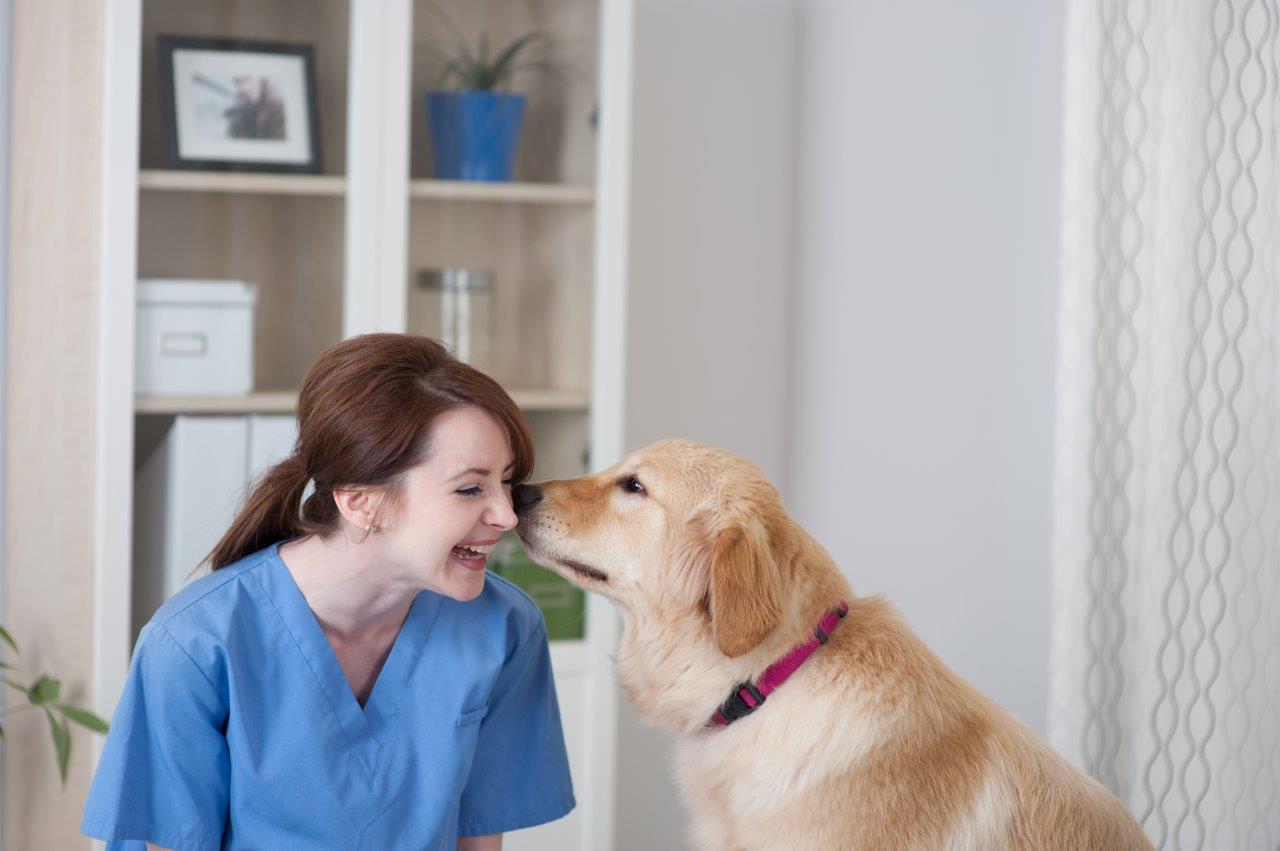The Top 3 Veterinary Assistant Tools Needed on the Job
There are certain tools every Veterinary Assistant needs on the job, tools that are crucial and helpful to not just the Veterinary Assistant, but the Technician and Veterinarian as well. To allow veterinary procedures to flow smoothly and safely, it is important that items are regularly checked for any expiration dates and to make sure the items are restocked often. A Veterinary Assistant wants to avoid an emergency situation where you do not have the items you need ready for use. Every staff member should know what these crucial emergency items are and where they are kept. Here are the top three items recommended by Veterinarians and Vet Assistants to keep on hand while on the job.
“Crash Cart”
A crash cart is a cart that is filled with items that are needed in case of a medical emergency such as a pet going into cardiac arrest. The crash cart can range from a small tackle box, to a large tool box – every hospital may be different and the cart should be customized to the needs of each individual hospital.
Items could include: emergency drugs such as Atropine, Epinepherine, and Lidocaine. There should also be different size endotracheal tubes, suction, and a larygoscope for quick assess to get a patent airway. There may also be a defibrillator available. The crash cart should also be stocked with different size IV catheters and syringes for quick access.
Charts, Notepads, and Pens
When treating an animal, veterinarians regard the animal patient’s chart as a very valuable tool for diagnosis and treatment. In many animal care centers, it is the veterinary assistant who is in charge of keeping a record of the appointment details such as: vitals, symptoms, observations, diagnosis, treatment and more.
Some hospitals have already begun implementing iPads, tablets, or other electronic devices for storing this information. Due to the ability for many to type faster than they can write, this method could be more practical. It also eliminates the need of a writing utensil and the risk of a pen or pencil to stop working properly in the middle of an evaluation. However, the electronic notepads need to be backed up on a reliable server and should not require internet to avoid any system crashes or lost information.
Proper Nail Trimmer
Domesticated animals such as cats and dogs have thicker nails than humans, and their nails also contain a vein, called a quick, that will bleed if nicked or cut. Vet techs must use caution to avoid the quick when trimming animals’ nails. Some nail trimmers come with a sensor that helps locate the quick before making a cut.
You work hard to make your nails look their very best. As a veterinary assistant, you can help animals keep their nails in tip-top shape, too, which is important for their own health. You’ll probably be clipping dozens of pet nails each day and will find the system and tools that work for you! To work your magic, you’ll need nail clippers sized for small and large pets. To help with a squirmy pet, keep a jar of styptic powder, or a similar special-purpose product, on hand to stop the bleeding if a quick were to be accidentally trimmed. If the pet you are working on continues resisting treatment, a properly sized muzzle should allow you to safely complete the nail trim. For more tips and tricks on the regular Veterinary Assistant tasks, Blackstone Career Institute’s accredited Veterinary Assistant Career Training program includes four different units on the Veterinary Anatomy & Medical Terminology and provides video clips to demonstrate proper treatment and care as a Veterinary Assistant.
Bonus tool: small, healthy treats on hand to reward an animal of a job well done














